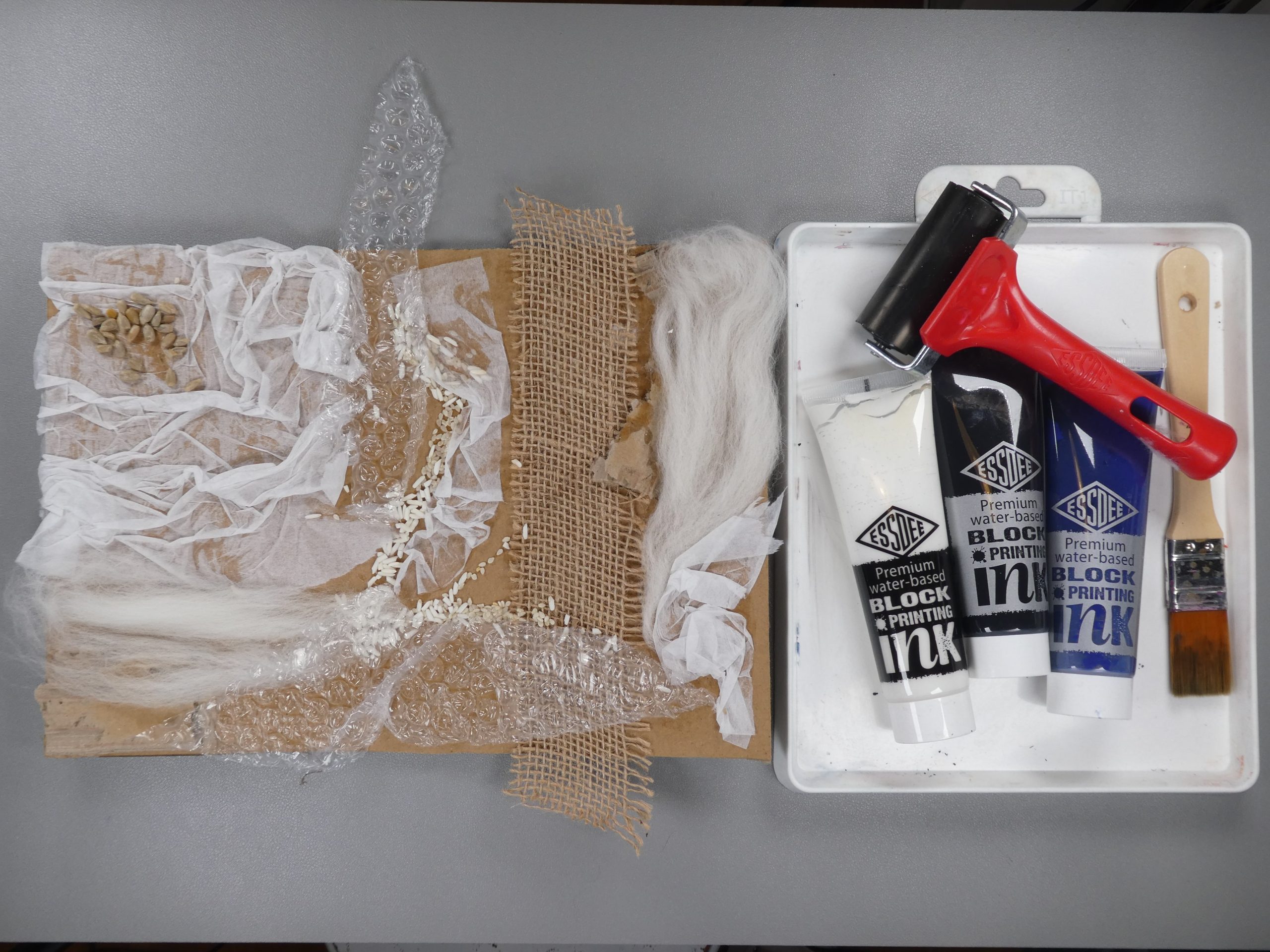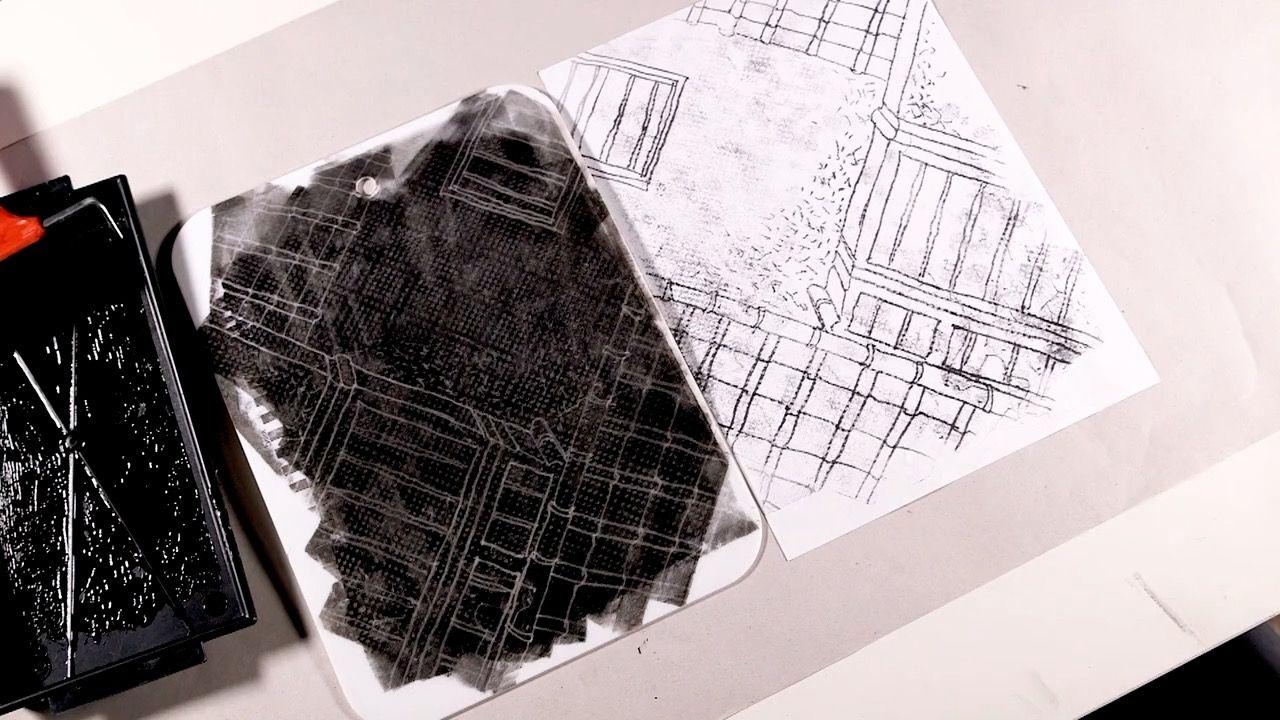Learning intention
- To explore how artists use mark-making and shading to create depth.
Success criteria
- I can explain what depth in art
This content is for subscribers only. Join for access today.
Cambridge Primary Art & Design (0067) Learning objectives
Experiencing
E.01 Encounter, sense, experiment with
This content is for subscribers only. Join for access today.
Before the lesson
This content is for subscribers only. Join for access today.
Lesson plan
Recap and recall
Show the Presentation: Speak like an expert. Ask learners to discuss how artists show movement and emotion in their artwork.
This content is for subscribers only. Join for access today.
Extended-mode explainer videos
How to extend your display to view the lesson page and preseantion mode simultaneously. Choose your operating system below to watch the video
If you need further support with extending your display,
please contact [email protected].
Differentiation
Learners needing support:
- Could work over a copy of their memory drawings.
- Could use Elizabeth Catlett’s picture as a reminder.
- Could use sticky notes to label the different parts of their picture (foreground, middle ground and background).
Learners working at a stretch:
- Should use more complex marks to create variations in tone.
- Should show an understanding of light, using this to highlight focal points and foreground.
This content is for subscribers only. Join for access today.
Assessing progress and understanding
Learners with secure understanding can:
- Identify what depth in art means.
- Explain the
This content is for subscribers only. Join for access today.
Vocabulary definitions
-
background
The area of a picture that looks farthest away, often behind the main subject.
-
depth
The feeling in a picture that some things are closer and others are farther away.
This content is for subscribers only. Join for access today.
This content is for subscribers only. Join for access today.
In this unit
Lesson 1: Expressing movement
Lesson 2: Showing emotion through line
Lesson 3: Showing depth through mark making
Lesson 4: Composition for printing
Lesson 5: Printing





